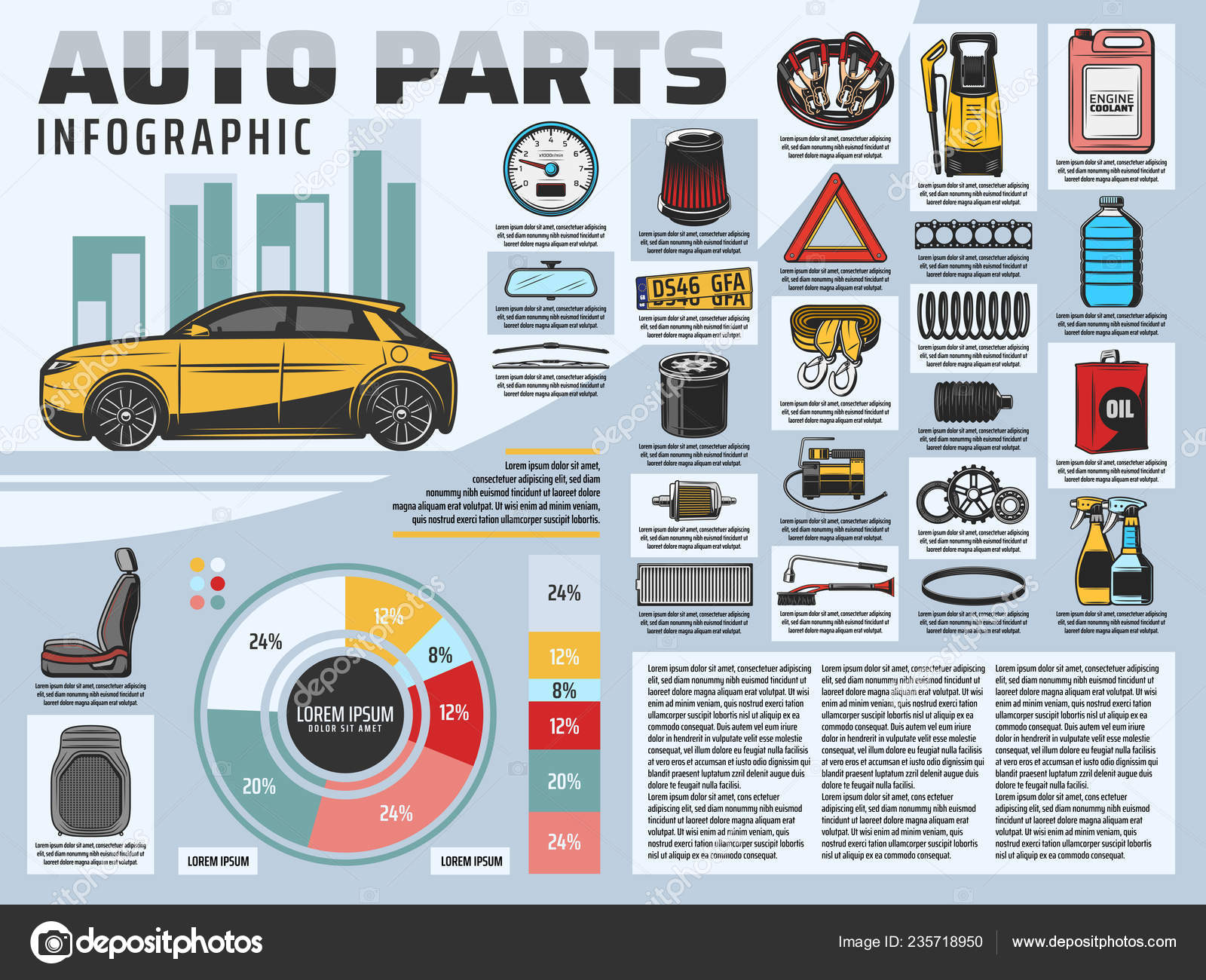Comprehending The Meaning Behind Your Car'S Caution Lighting: An In-Depth Appearance
Comprehending The Meaning Behind Your Car'S Caution Lighting: An In-Depth Appearance
Blog Article
Published By-Hartley Torres
When you're behind the wheel, those glowing caution lights on your dashboard can be a little bit perplexing. Do you know what they're trying to inform you concerning your vehicle's health and wellness? Comprehending the value of these lights is essential for your safety and the longevity of your lorry. So, the next time among those lights pops up, wouldn't you want to decipher its message accurately and take the needed actions to resolve it?
Common Caution Lights and Interpretations
Recognize usual caution lights in your car and comprehend their definitions to make certain safe driving.
you can try these out of the most common caution lights include the check engine light, which indicates concerns with the engine or emissions system. If this light begins, it's crucial to have your lorry checked immediately.
The oil pressure warning light indicates reduced oil pressure, calling for immediate attention to stop engine damages.
A flashing battery light might recommend a malfunctioning charging system, potentially leaving you stranded if not dealt with.
The tire stress surveillance system (TPMS) light signals you to reduced tire pressure, affecting car security and gas efficiency. Neglecting this could lead to hazardous driving problems.
The ABS light suggests an issue with the anti-lock braking system, compromising your ability to quit rapidly in emergencies.
Last but not least, the coolant temperature level cautioning light warns of engine getting too hot, which can cause serious damage otherwise settled promptly.
Comprehending these usual caution lights will aid you resolve problems quickly and keep risk-free driving problems.
Relevance of Prompt Focus
Recognizing the typical warning lights in your automobile is just the initial step; the importance of immediately attending to these cautions can't be emphasized sufficient to ensure your safety when traveling.
When a caution light illuminates on your control panel, it's your car's means of communicating a potential issue that requires interest. Ignoring these cautions can lead to a lot more serious issues later on, compromising your safety and security and possibly costing you much more in repairs.
Trigger interest to alerting lights can protect against malfunctions and mishaps. As marine wash , a blinking check engine light might suggest a misfire that, if left ignored, might cause damage to the catalytic converter. Resolving this quickly can conserve you from an expensive fixing.
Similarly, a brake system cautioning light might indicate reduced brake liquid or used brake pads, essential components for your safety when driving.
Do It Yourself Troubleshooting Tips
If you notice a caution light on your dashboard, there are a few do it yourself repairing pointers you can try before looking for specialist help.
The first step is to consult your car's guidebook to understand what the specific caution light shows. Often the problem can be as easy as a loosened gas cap triggering the check engine light. Tightening up https://brakelinefittings95062.spintheblog.com/32495200/just-how-can-mobile-auto-outlining-change-your-vehicle-treatment-experience-while-ensuring-high-quality-discover-the-key-elements-to-consider-before-picking-a-detailer might resolve the issue.
An additional usual concern is a reduced battery, which can cause different cautioning lights. Checking check out the post right here for rust and ensuring they're protected might take care of the problem.
If a warning light persists, you can try resetting it by separating the automobile's battery for a couple of mins and afterwards reconnecting it. In addition, checking your automobile's liquid degrees, such as oil, coolant, and brake fluid, can aid fix alerting lights related to these systems.
Conclusion
Finally, recognizing your automobile's caution lights is important for keeping your vehicle running efficiently and securely. By quickly addressing these notifies and knowing what they mean, you can stay clear of expensive repair work and possible malfunctions.
Keep in mind to consult your vehicle's guidebook for particular information on each alerting light and act accordingly to make certain a hassle-free driving experience.
Keep informed, stay safe when traveling!
